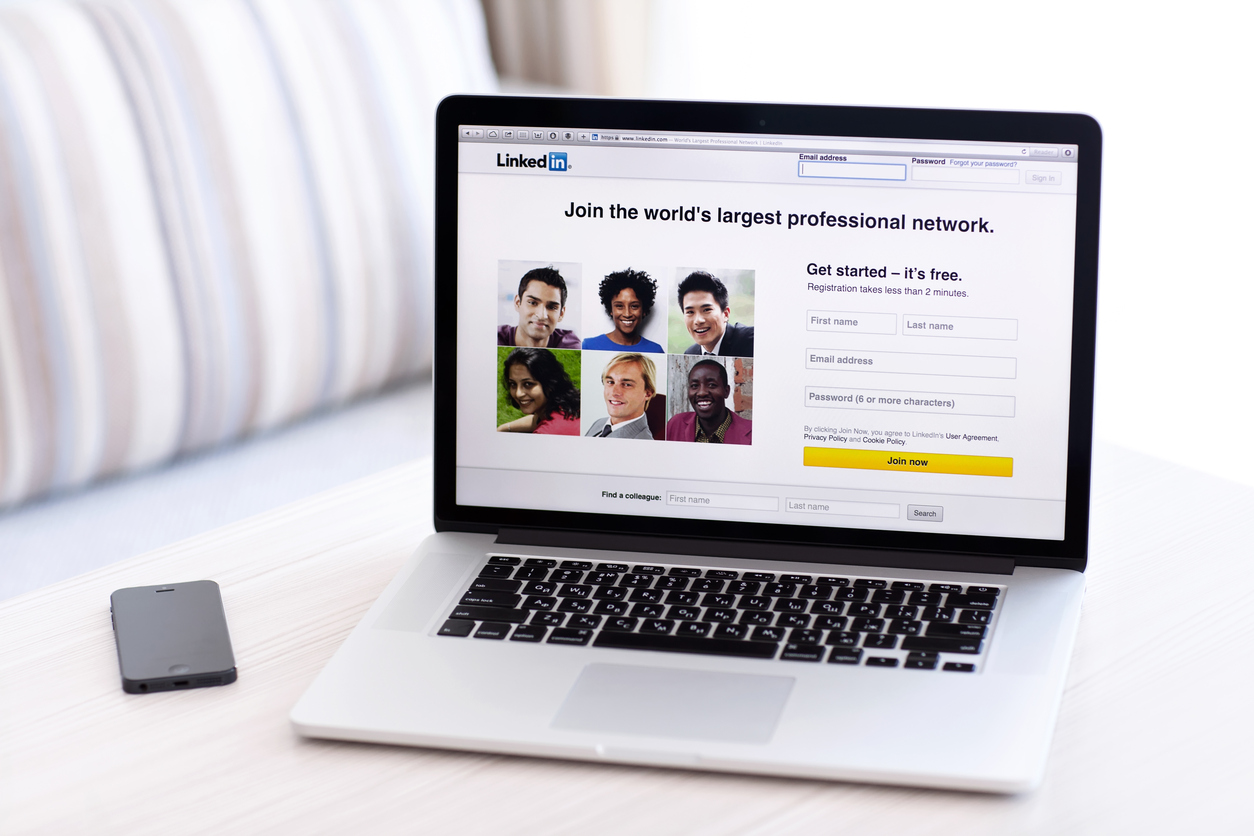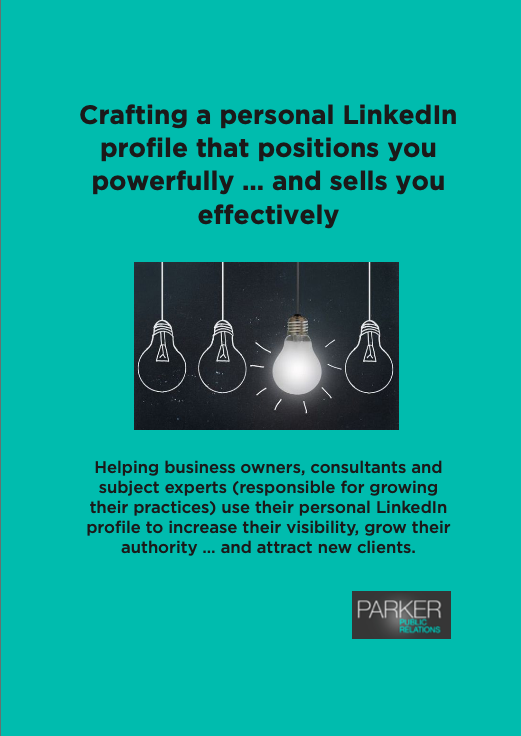Being the acknowledged thought leader in your industry or field is the greatest accolade someone can bestow on you. It is affirmation that you are an expert, a forward thinker and an inspirational figure who has deep insights and something worthwhile listening to.
However, achieving this status doesn’t come easily. It means constantly putting yourself out there and spreading your ideas and sharing wisdom in a way that others can tap into.
For most looking to achieve recognition, LinkedIn is a great place to start and one of the most effective tools in your thought leadership toolkit. It is the most popular and largest professional networking site out there, boasting over 240 million active users.
However before getting started on this platform, you need to be crystal-clear about three things: your purpose and key objectives for wanting to be a thought leader, the expert niche you will occupy and who you are looking to connect with and influence.
Below is the step-by-step I teach business and community leaders, academics and innovators looking to position themselves as thought leaders and cultivate their personal branding.
Step 1 – Your profile should reflect your professional background and what you stand for as a thought leadership
Ensure your background, headshot, headline, summary, experience and interests position you as a thought leader.
Also check on the following:
- Does your custom background tie in with your brand? Is this consistent with other online collateral such as website and other social media platforms?
- Does your headshot engage your ideal audience? Is it compelling to them? For example, if you’re a community leader you’d likely have a different headshot to that of a corporate attorney.
The top portion of your profile is your first chance to grab attention and powerfully position yourself as a thought leader and expert. You have 120 characters in your headline so use them well. Ideally your headline should be your thought leadership tagline or at the very least reflect what you stand for as a thought leader.
Also ensure your 2,000 word profile reflects what you stand for as a thought leader and why you are well placed to occupy this niche. What have you studied, done, accomplished, or achieved and how does this position you to speak knowledgeably across your chosen niche?
Once you have beefed up your profile, pay special attention to the Skills & Expertise, Honours & Awards and Recommendations sections. Include the top 4-6 skills that position you as a thought leader in your field and which you want to be known for.
An important tip: only ask for or accept recommendations from people who truly know what you are capable of.
Step 2 – Create the right kind of thought leader content
Your content can include long form articles and blogs written from scratch or shorter form posts.
Examples of articles are all around you. What are current industry conversations that you have a unique perspective on? What conversations with other thought leaders can you mine for themes to expand on?
Your stories can be a mix of valuable tips or insights, answers to questions, stories that solve pain points, case studies, success stories, stories that challenge the status quo and address the issues of the day.
However, should the key intent for your thought leadership be to introduce a new concept or a big idea, your content ideally should have a narrative or story arc which gradually inches your audiences towards your overriding goal, objective or vision.
Try writing an article on the current state of your industry and where you think things are going. Or, write an article about the biggest lessons you’ve learned in your career and how they’ve served you well over the years? You could even write a short, observational post about current business events—a conference you attended, for example, or a major announcement in your field. The options are endless!
To effectively position yourself as a thought leader, your posts need to be timely, relevant and forward thinking.
For instant articles, re-purpose your existing blog posts or other articles to LinkedIn. But be sure to include wording such as “Original post can be found here” along with a hyperlink, so you’re not penalized by Google for duplicate content.
Remember to use your keywords and have a call-to-action at the end of your article of blog.
Step 3 – Create additional value when sharing an article
To further enhance your expert status, when sharing an article ensure you add your OWN comments, regardless of whether the piece is from Harvard Business Review or Forbes. Never share without providing your own pearls of wisdom.
Your commentary could point to the value and importance of the piece. Alternatively, it could be your opportunity to create debate or provide a new or opposite perspective.
Step 4 – Positioning as a thought leader is about connecting with the right people
Who you connect with on LinkedIn will largely be determined by why you want to a thought leader.
If you are looking to become the voice of authority in your industry, it should include all relevant connections in your sector, including peak bodies, competitors, other leaders in your industry, appropriate connections in government and regulatory circles, the media and conference organisers.
If is to secure the next top job, it would need to include decision makers in relevant companies and industries (CEOs, CIOs, COOs, HR, board members) as well as executive search and recruitment professionals.
Naturally your connections should go well beyond these!
Step 5 – Join relevant groups
Finally, LinkedIn groups are another great way to establish yourself as a thought leader.
Join groups that align with your professional interests, and then get active participating. Contribute to the discussions by offering insight from your past work experience. Ask thoughtful questions and provide answers of your own. The more frequently you engage in a meaningful way, the more people will begin to know, like and trust you.
Remember that LinkedIn is more than just an online rolodex and a platform to stay connected with your professional contacts. It’s a network that goes far beyond that. By tapping into the power of the platform, you can raise your visibility and increase your influence in your field and beyond.
If you are interested in learning more about thought leadership, Parker Public Relations will teach you how to get started and provide ongoing mentoring and coaching.
If you are interested in finding out more, sign up for a FREE CONSULTATION


